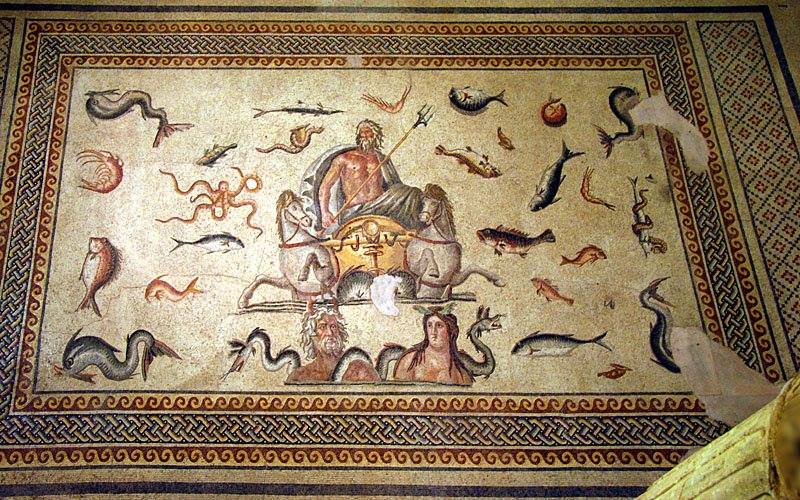The field of rhetorical analysis was set out by the Greeks. A treatise compiled by students of Aristotle became a key part of the trivium for students for centuries after.
One of my favorite rhetorical figures is epanorthosis. Here's how Wikipedia describes it:
An epanorthosis is a figure of speech that signifies emphatic word replacement.[1] The example "thousands, no, millions!" is a stock example. More often, however, epanorthosis signifies immediate and emphatic self-correction, and as such often follows a Freudian slip (either accidental or deliberate).
Examples:
"The psychologist known as Sigmund Fraud—Freud, I mean!"
"I've been doing this for six weeks!—er, days, that is.
"Man has parted company with his trusty friend the horse and has sailed into the azure with the eagles, eagles being represented by the infernal combustion engine—er er,internal combustion engine. [loud laughter] Internal combustion engine! Engine!" – Winston Churchill[2]What's particularly fine here is how what most innocent listeners (or readers) would experience as something spontaneous and charming turns out to be a device, a sophisticated play with words calculated to achieve a certain disarming effect upon the aforesaid unsuspecting listeners. This is truly an art of speech acts and impacts in which every imaginable form of wordplay is analyzed into multifarious components that are carefully described, defined, codified and illustrated -- and then marketed as the art of persuasion, i.e., seduction.
We noted how Ovid is constantly transforming material through the use of narrative lenses, using distancing to diminish, and close-ups to make more palpable, as in the contrasting murders of children by their mothers - Itys by Procne and Philomela in Book 6, and the children of Jason (we never even learn their names) by Medea in Book 7. This too belongs to the optics and fairy dust of rhetoric, which can make the small appear large, and the large, small.
 |
| Quintilian teaching rhetoric |
- A good article about Aristotle's Rhetoric from the Stanford Encyclopedia of Philosophy
- The text of the Rhetoric of Aristotle.
- Wikipedia overview of Aristotle's Rhetoric.
- Cicero was a master of legal and political persuasion and wrote about it in his Rhetorica ad Herennium. Full online text here.
- Quintilian, writing his Institutes of Oratory in the first century AD, had the benefit of all the great Roman writers as well as of the Greeks, to set forth as models for students to emulate.
- A good contemporary online reference for tropes and rhetorical figures is Silva Rhetoricae, which offers examples of each figure it defines. Note the long list on the right-hand side of the page.
- Further groupings of figures are here, and categories of schemes and tropes here. Here's Silva's instance of epanorthosis:
I am angry—no, I am furious about the delay.
But the writer who returned to the philosophic consideration of rhetoric both as a saleable technique capable of subverting serious inquiry into truth and the workings of justice, as well as for purposes of manipulating civic and political power, is Plato. See, for example, the Phaedrus, which begins with a dramatic rendition of a sophist's speech. Also the Gorgias, the Symposium and the Republic. But the concern with rhetoric is pervasive in Plato -- via the figure of Socrates, this concern takes on an ethical and epistemological mission: it is the work of the philosopher to expose rhetoric's sorcery and defrock its charms.

No comments:
Post a Comment